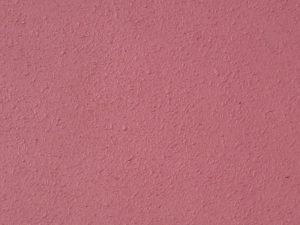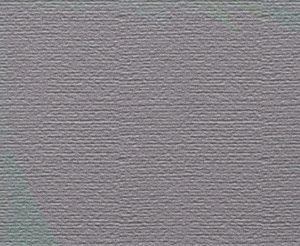Paint
Property
External paint may be used for internal paint. The selection of paint types for exterior and interior application is based on the resin component.
The basic property is the same as those used for interior purposes, but it’s improved to resist the external condition (water ingress, UV, carbonation, etc) by
Modified paint constituent
Depending on the requirement, the paint constituents are selected based on their ability to perform special resistant e.g. fire resistant, self-cleaning, chemical resistant, anti-bacteria/ fungal/ algae (complies with SS 345:1990), water repellant, etc.
Special-high performance coating



Includes synthetic and modified organic material to perform waterproofing, dirt resistant, and other various anti-weathering properties.
It comes in several finishes, such as colored, textured, satin, etc.
Decorative coating

Different method of application includes spray, trowel, brush/ comb, roller will have different finishes.
Substrate
Different substrate requires different types of primer/ sealer.
Conditions refer to the substrate’s profile, porosity, and moisture content.
Paint types refer to the resin component of paints.
Resistivity
The resistivity characteristic of paint shall be confirmed with supplier. For external paint, priorities include dirt resistance (self washed), biological growth resistance, UV, and alkali resistance.
The measurement of the fungal resistance of a paint film is difficult because of the various substrates, as well as climatic condition under which paint films are exposed. Most tests depend on the agar plate method in which certain microorganisms are inoculated and the plates, together with the plate films under test, are incubated for 2-3 weeks under controlled heat and humidity condition. E.g: ASTM D 2547: for Pseudomonas areuginosa.